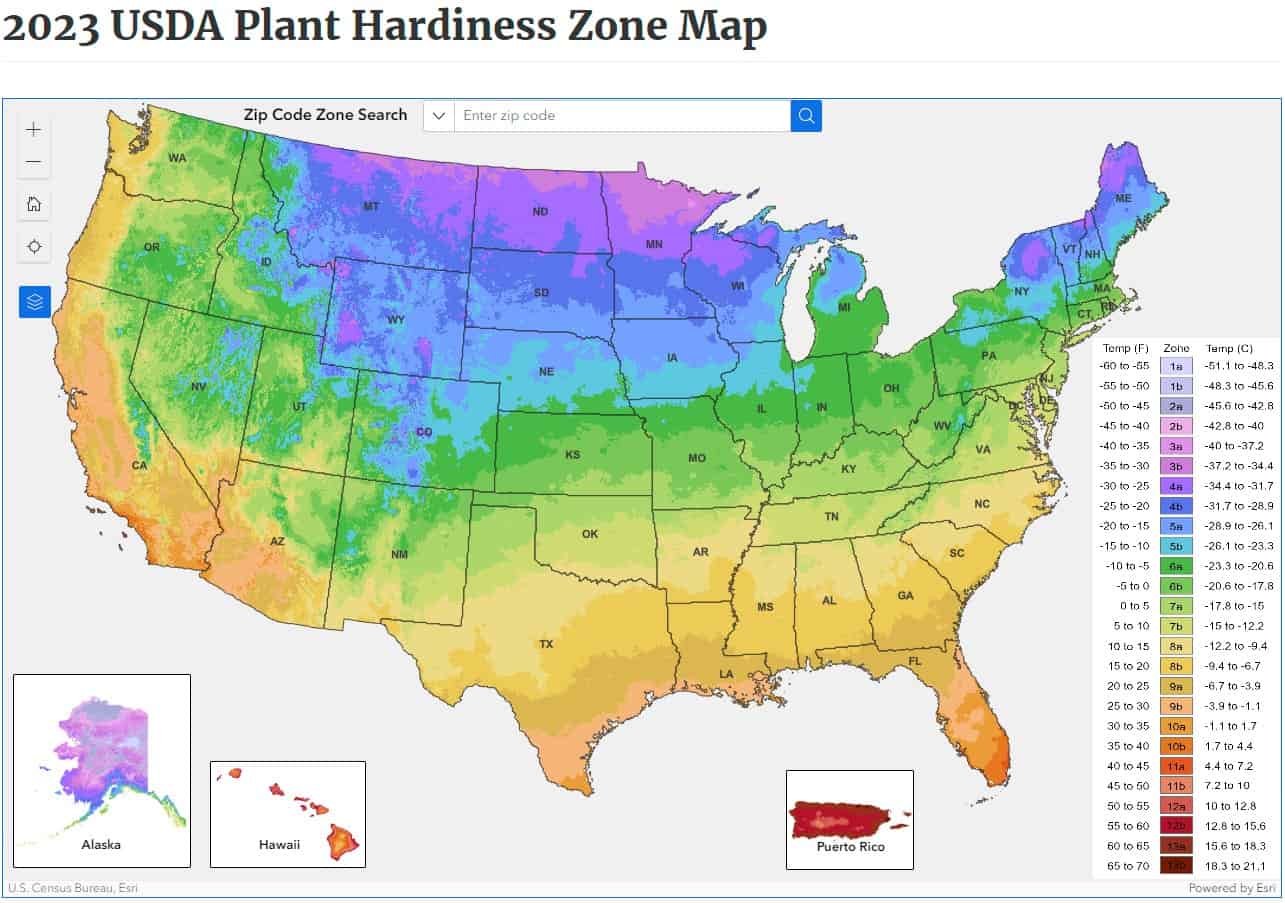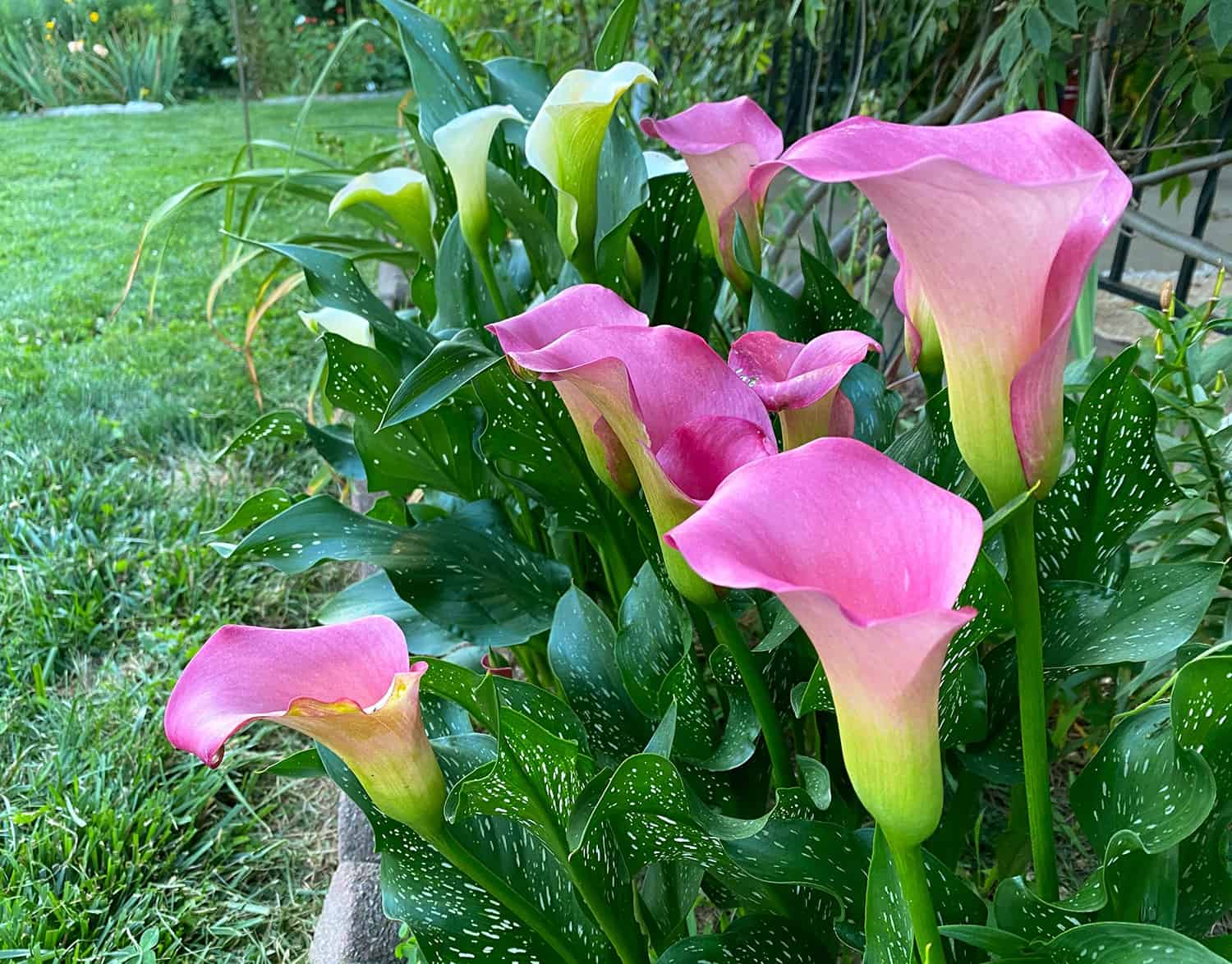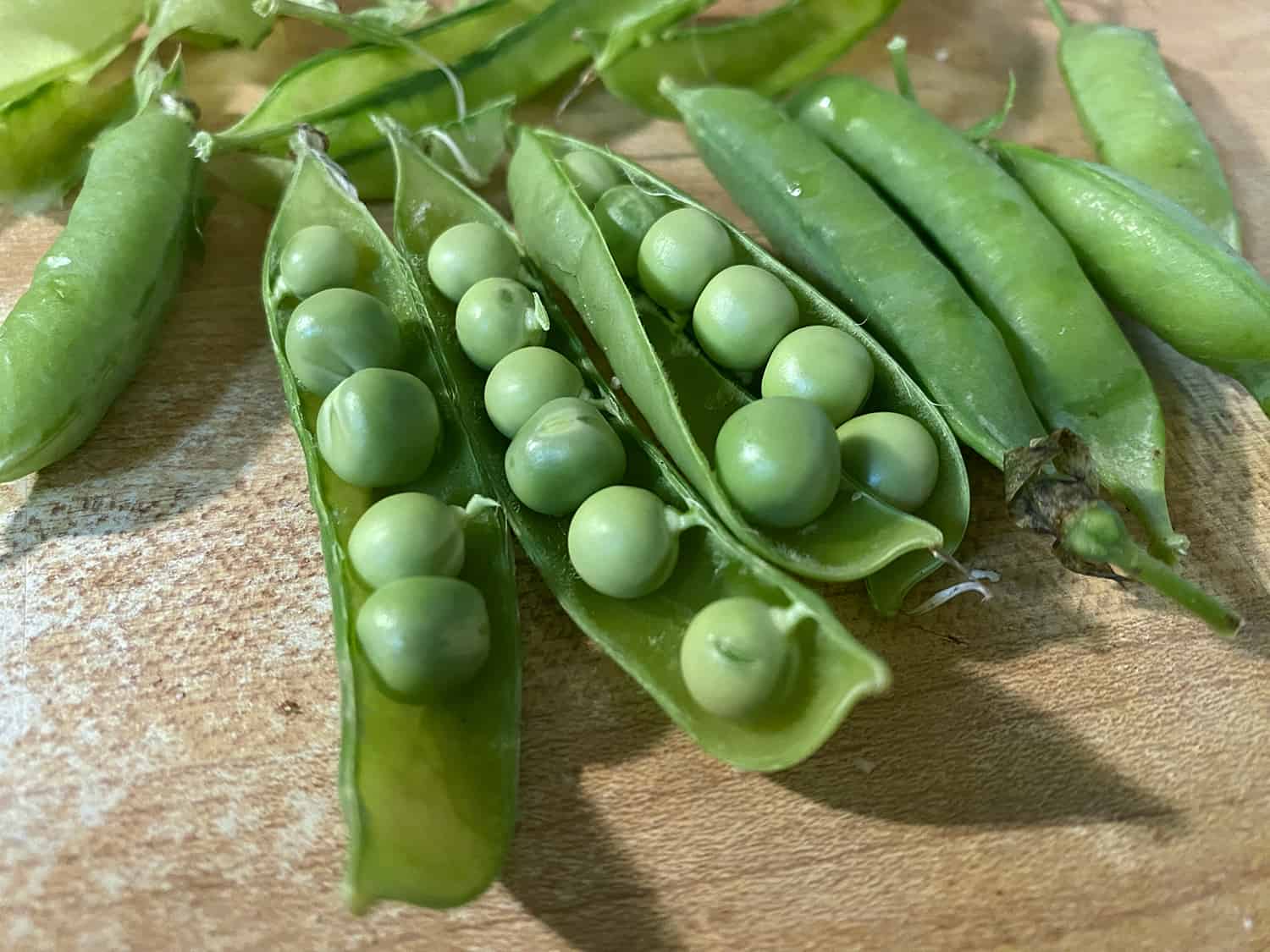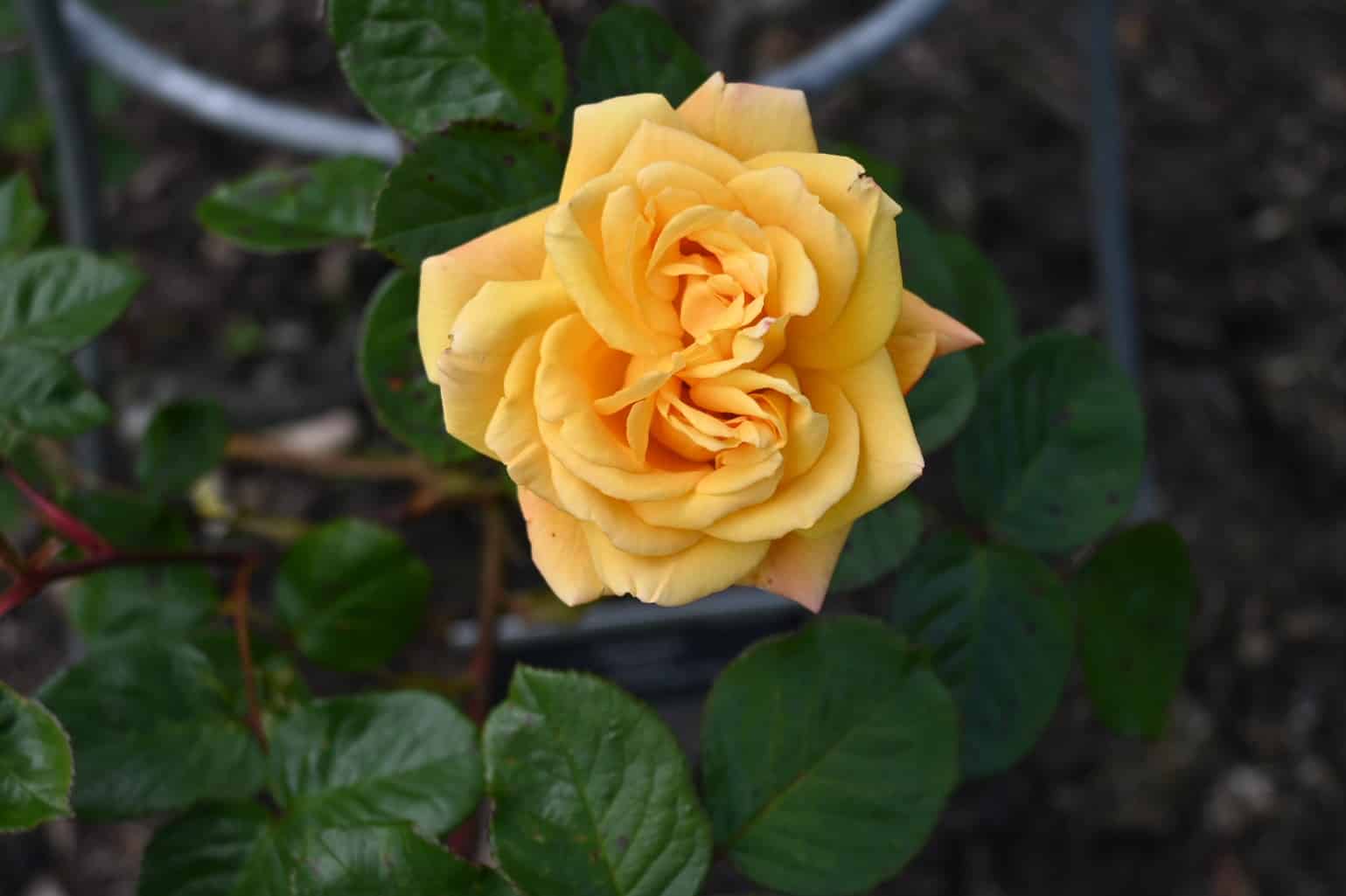
USDA Plant Hardiness Zone Map (2023 Substitute) * Large Weblog of Gardening
Take a look at the up to date 2023 Hardiness Zone Map to be taught which crops will thrive in your space and which won’t.
Each ten years or so, the USDA updates its Hardiness Zone Map. The map is the usual by which gardeners can resolve which perennials and annuals will thrive of their location – and, importantly, these that won’t. In keeping with the USDA, “The mannequin new map—collectively developed by USDA’s Agricultural Analysis Service (ARS) and Oregon State School’s (OSU) PRISM Native local weather Group—is extra proper and incorporates increased part than prior variations.”
The 2023 Hardiness Zone Map’s interactivity is so much higher than earlier maps. As seen beneath, you possibly can kind in your zip code, uncover your hardiness zone, and see the best way during which it has modified on account of the final word map was issued in 2012. Alarmingly, my space in Pennsylvania has as quickly as further modified and divulges a suggest warming of three ranges Fahrenheit. Prior to 2012, my space was Zone 6 – in 2012, we graduated to Zone 6b and in the meanwhile are Zone 7a. That may clarify why some seeds and bulbs rated for hotter climates now incessantly survive winter.
Hardiness Zones Outlined
USDA Plant Hardiness Zones symbolize the usual annual excessive minimal temperature at a given location by the use of the sooner 30 years. The designations don’t mirror the coldest it has ever been or will most likely be in a specific zone nonetheless merely the usual lowest winter temperature for the realm for the measured interval. Low temperature by the use of the winter is a crucial metric, on account of it determines whether or not or not or not a plant can survive the coldest native climate in a specific location.
Did Hardiness Zones get hotter since 2012?
Nearly half of the nation is now in a barely hotter zone. As with the earlier map in 2012, the 2023 model has 13 zones all by the USA and its territories. Every zone is cut back up in two, designated as “A” and “B” (6a, 6b, 7a, 7b, and loads of others). As in contrast with the 2012 map, the 2023 hardiness zone map reveals that about half of the nation shifted to the following hotter half zone and warmed (on frequent) between 0-5 ranges Fahrenheit. Nonetheless not each zone that warmed primarily modified.
Temperature updates to plant hardiness zones is just not going to be primarily reflective of worldwide native local weather change on account of terribly variable nature of the acute minimal temperature of the 12 months, together with the utilization of more and more refined mapping strategies and the inclusion of knowledge from extra native climate stations. Consequently, map builders concerned contained in the endeavor cautioned in opposition to attributing temperature updates made to some zones as dependable and correct indicators of worldwide native local weather change (which is mostly based mostly on tendencies typically frequent temperatures recorded over extended[er] time intervals).
So search the advice of the revised hardiness zone map earlier than deciding on crops this 12 months, and research the plant tag, catalog description, or seed packet to verify your plant will survive winter in your hardiness zone!


